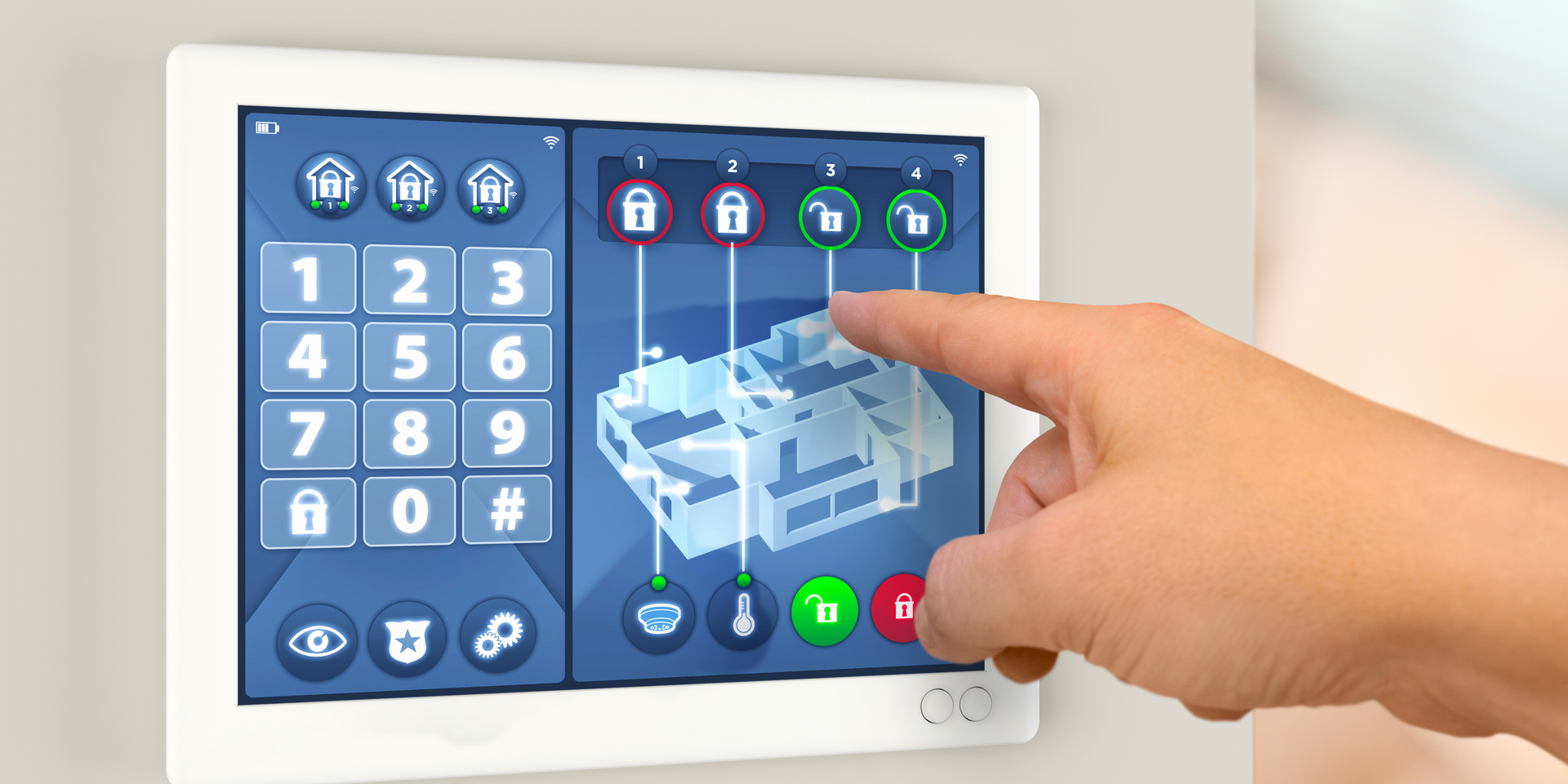Is SCADA Obsolete?
Is SCADA Obsolete?
SCADA (Supervisory Control and Data Acquisition) is far from obsolete; it remains a vital technology for real-time monitoring and control of industrial processes, especially in sectors like energy, utilities, and manufacturing. While newer technologies like IoT and Industry 4.0 are influencing the landscape, SCADA systems continue to provide essential functionality, such as remote monitoring, data collection, and system automation. The best SCADA software offers advanced features like cloud integration, enhanced data analytics, and cybersecurity to keep pace with modern industrial needs. As industries continue to evolve, SCADA systems are also becoming more adaptable, with modern versions enabling more seamless integration with other technologies like MES and ERP. Far from being outdated, SCADA software is still critical in ensuring efficient, reliable, and safe operation of industrial infrastructure.

Is SCADA obsolete
SCADA systems are not obsolete; they are evolving through integration with Internet of Things (IoT) technology, leading to the development of SCADA IoT architecture. This new architecture enhances traditional SCADA capabilities by connecting a vast array of sensors and devices over the internet, enabling more efficient real-time data collection, analysis, and control across various industries. Thus, SCADA IoT architecture represents a significant advancement in how industries manage and monitor operations, ensuring that SCADA remains relevant and effective in today's digital landscape.
What is the life span of SCADA?
The lifespan of a SCADA system typically ranges between 10 and 20 years, depending on the technology used, the environment in which it operates, and how well it is maintained. Modern advancements and updates, such as those detailed in comprehensive SCADA system PDF guides, can extend a system's effective life by addressing both hardware and software upgrades. These guides often provide critical insights into optimizing system performance and security—essential for maintaining a robust SCADA infrastructure over the years.
Is SCADA outdated?
New technologies and capabilities continuously update SCADA systems, keeping them up to date. Modern SCADA software incorporates advancements in real-time data processing, cybersecurity, and integration with other industrial control systems, ensuring that SCADA remains a vital tool for industrial automation and monitoring. These updates are crucial for keeping SCADA relevant in managing complex operations across various industries today.

What is the future of SCADA?
The future of SCADA, or Supervisory Control and Data Acquisition, looks robust as it evolves to integrate more deeply with IoT, artificial intelligence, and machine learning technologies. These advancements will enhance the system's capabilities in analytics, real-time decision-making, and predictive maintenance. As SCADA systems become more connected and intelligent, they will play an increasingly critical role in optimizing industrial processes and ensuring operational resilience across various sectors.
Is SCADA obsolete?
SCADA systems are not obsolete; they are adapting to modern technological demands, including the integration of protocols like MQTT (Message Queuing Telemetry Transport). MQTT enhances SCADA systems by enabling more efficient, real-time data communication across diverse and geographically dispersed assets. This integration highlights SCADA's ongoing relevance and evolution in industrial automation, ensuring it remains a critical tool for managing complex operations.
Which is better SCADA or PLC?
SCADA (Supervisory Control and Data Acquisition) and PLC (Programmable Logic Controllers) serve different but complementary functions in industrial automation. PLCs are ideal for the real-time control and automation of machines and processes due to their robustness and high-speed processing capabilities. SCADA systems, on the other hand, excel in monitoring and controlling operations at a higher level, offering a comprehensive overview and data visualization that PLCs do not provide directly.
In the context of IoT vs. PLC SCADA, the integration of IoT technologies enhances both PLC and SCADA systems by expanding connectivity and data acquisition capabilities. IoT enables devices to communicate more effectively, providing deeper data insights and predictive analytics across the system. This integration allows businesses to leverage the strength of PLCs for process control with SCADA's powerful monitoring and diagnostic tools, leading to more informed decision-making and improved operational efficiency.

Is PLC SCADA outdated?
PLC (programmable logic controllers) and SCADA (supervisory control and data acquisition)
systems are not outdated; they are evolving with the integration of industrial IoT (IIoT) technologies. The incorporation of IIoT into PLC and SCADA systems enhances their capabilities, enabling more efficient and sophisticated monitoring, control, and data analytics. This evolution is pivotal as it transforms traditional automation frameworks into smart, connected, and highly efficient industrial systems, keeping PLC and SCADA relevant in the digital age of industry.
What is an example of a SCADA system?
One example of a SCADA system is the management and monitoring system used in electrical power grids. These SCADA systems collect real-time data on power consumption, voltage levels, and circuit loads from various substations and power lines, enabling operators to manage the distribution and maintain system stability effectively. This ensures that electricity is distributed efficiently and blackouts or system overloads are minimized.
Another set of SCADA system examples can be found in water treatment facilities. Here, SCADA systems control pumps, monitor water quality, and manage treatment processes to ensure water safety and regulatory compliance. By automating these processes, SCADA systems help to optimize the operation of water treatment plants, reduce human error, and maintain consistent water quality.
CONCLUSION
SCADA (Supervisory Control and Data Acquisition) systems are an integral part of modern industrial automation, centralizing control and extensive data acquisition capabilities to manage and monitor various processes efficiently. With the integration of IoT technologies, SCADA systems are evolving beyond traditional setups to include more connected, intelligent, and versatile solutions that enhance real-time data utilization and operational decision-making. This evolution addresses whether SCADA is becoming outdated or if there's a superior alternative, highlighting that the future scope of SCADA in the world is likely to expand as it blends with IoT to enhance functionality and adaptability in industrial environments. Discussions on platforms like Reddit often explore the comparative benefits of SCADA vs. PLC or IoT solutions, generally agreeing that while each has specific strengths, their integration offers the most comprehensive benefits for complex industrial systems.
Contact ustoday to learn how SCADA, enhanced by IoT, is far from obsolete and can revolutionize your operations, keeping you competitive in today's digital world!
You might also like



